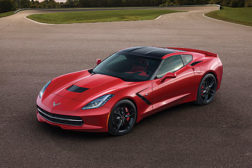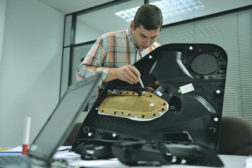Home » Keywords: » automotive composites
Items Tagged with 'automotive composites'
ARTICLES
The Lighter Side of Automotive Assembly
Automakers are ramping up to use more carbon-fiber composites.
March 1, 2013
Never miss the latest news and trends driving the manufacturing industry
Stay in the know on the latest assembly trends.
JOIN TODAY!Copyright ©2025. All Rights Reserved BNP Media.
Design, CMS, Hosting & Web Development :: ePublishing





